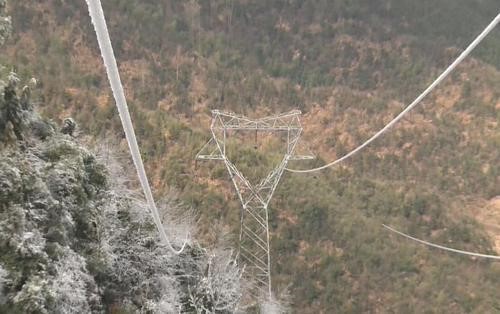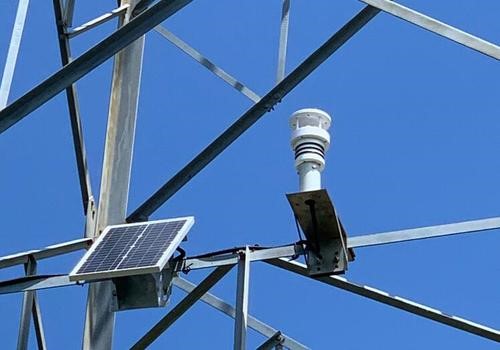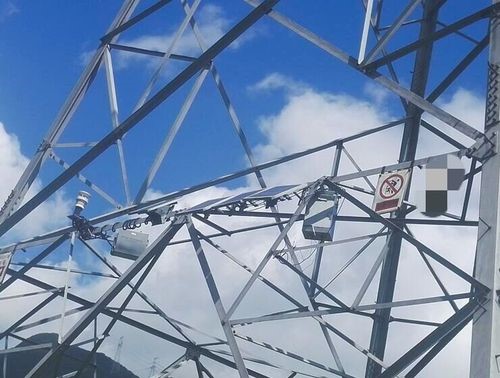The Hazards of Micrometeorology on Transmission Lines Micrometeorology refers to the changes in the atmosphere on a tiny scale, such as wind, temperature, humidity, pressure, and so on. Although these tiny changes are not so easy to notice in human's daily life, they have great harm to transmission lines.
Micrometeorology is an important factor for the risk of transmission lines. Strong winds such as breezes, gusts, and tornadoes can lead to problems such as breaks and collapses in transmission lines, which can cause outages and safety hazards. Changes in temperature and humidity in micrometeorology can also have an impact on transmission lines. High temperature weather can lead to an increase in the temperature of the wires of a transmission line, which increases the resistance of the line, thus causing energy loss and a decrease in the load capacity of the line. Changes in humidity, on the other hand, can lead to a decrease in the insulation of transmission lines, which increases the risk of leakage and short circuits in the lines. In addition, pressure changes in micrometeorology can also have an impact on transmission lines. Changes in barometric pressure can affect the distribution of electric fields around transmission lines, which can lead to insulation damage and increased risk of leakage in the lines.
In summary, the harm of micro-weather on transmission lines can not be ignored. In order to ensure the safe operation of transmission lines, we can through the Shenzhen Dingxin Wisdom Technology research and development of the "transmission line micro-weather online monitoring device" to solve the micro-weather to the transmission line hazards.
Characteristic Advantages of the Device The transmission line micro-meteorological on-line monitoring device is a kind of equipment used to monitor the micro-meteorological environment around the transmission line. It consists of meteorological sensors, data acquisition system, communication module and data analysis software and other components. 1. Meteorological sensors can measure and monitor a series of meteorological parameters, such as temperature, humidity, wind speed, wind direction, rainfall and so on. These sensors are usually installed on towers or other suitable locations near transmission lines to obtain real-time meteorological data about the surrounding environment. 2. The data acquisition system is responsible for collecting and processing the data acquired by the sensors and sending them to the data analysis software for further processing and analysis. The communication module can transmit the data to the monitoring center or other related equipment by wired or wireless means. 3. The data analysis software can analyze and process the collected meteorological data, provide real-time meteorological information and early warning, help the operation and maintenance personnel to understand the meteorological conditions around the line in time, and prevent and reduce the accidents and failures caused by bad weather.
Through the micro-weather online monitoring device of Dingsin Wisdom Technology, the operation and maintenance personnel can understand the meteorological situation around the line in time and make corresponding countermeasures to improve the safety and reliability of the transmission line, and reduce power outages and accidents caused by weather.








